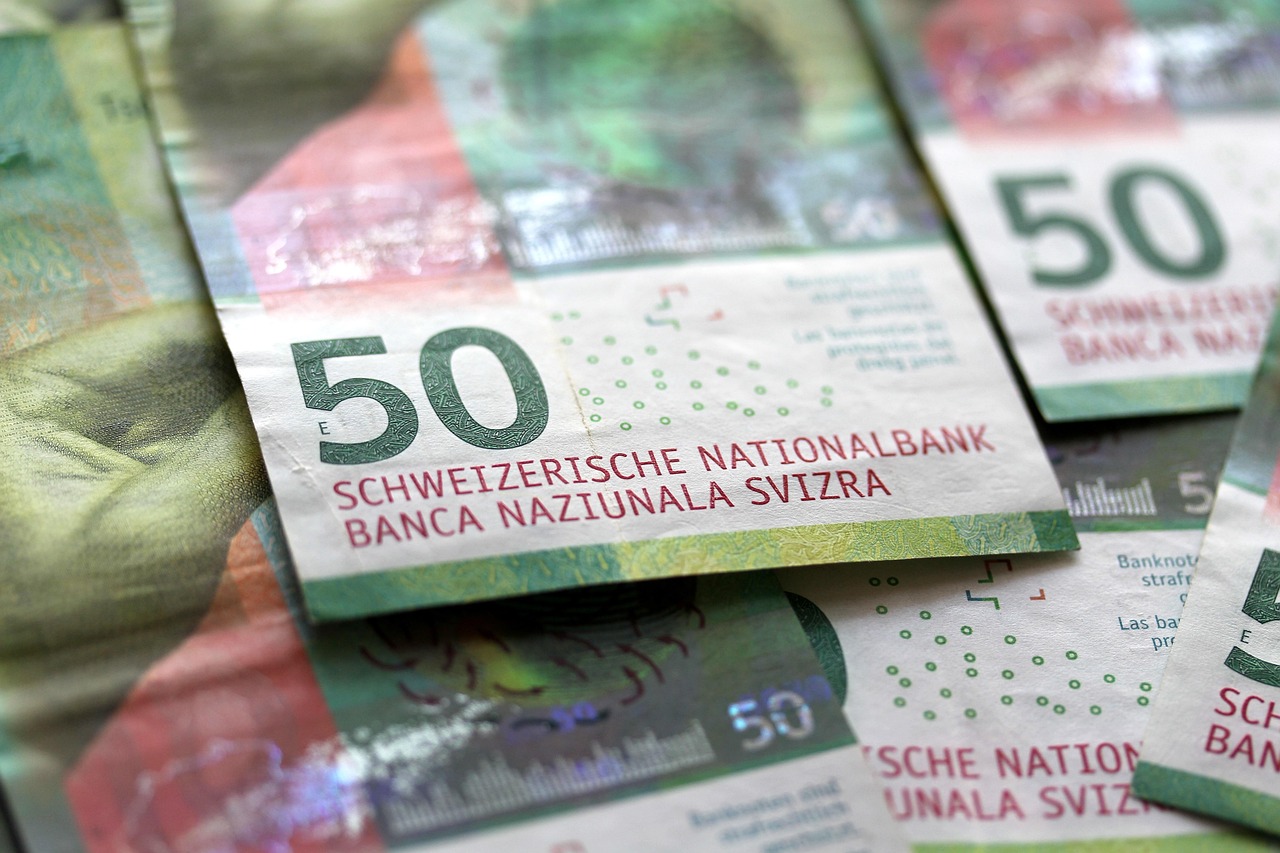Apps Offer Badges for Savings Consistency

In the ever-evolving landscape of financial technology, mobile applications are increasingly leveraging gamification techniques to promote financial discipline. A notable trend within this domain is the use of badges to reward users for maintaining consistent savings habits. This strategy not only incentivizes users but also fosters a culture of financial responsibility among tech-savvy individuals.
Gamification, the incorporation of game-like elements into non-gaming contexts, has been a transformative force across various industries, and the financial sector is no exception. By awarding badges for savings consistency, financial apps aim to engage users more deeply and encourage them to adhere to their savings goals. This approach is particularly appealing to millennials and Gen Z, demographics known for their affinity towards technology and innovative financial solutions.
Several popular apps have integrated this feature into their platforms, each with its unique approach to rewarding users:
- Acorns: Known for its micro-investing model, Acorns encourages users to save and invest spare change. The app grants badges for achieving milestones such as consecutive days of saving or reaching specific investment goals.
- Qapital: This app allows users to set personal savings rules, such as rounding up everyday purchases to the nearest dollar. Users earn badges as they consistently meet their savings targets, thus reinforcing positive financial behavior.
- Mint: A comprehensive personal finance tool, Mint offers badges for maintaining a budget, tracking expenses, and achieving savings goals over time. These badges serve as visual reminders of the user’s financial progress.
The implementation of badges is not merely about aesthetics; it is rooted in behavioral economics. By providing immediate, tangible rewards for consistent behavior, apps tap into the psychological principle of positive reinforcement. According to a 2020 study by the Financial Health Network, users of financial apps with gamification features were 30% more likely to report increased savings compared to those who did not use such features.
Globally, the trend of incorporating gamification into financial services is gaining traction. In China, the popular app Ant Forest, integrated with Alipay, uses a similar model where users earn rewards for eco-friendly activities, which indirectly supports a culture of savings and conscientious spending. Meanwhile, in the UK, apps like Plum and Moneybox are exploring innovative ways to engage users through goal-oriented savings challenges.
However, while the strategy of awarding badges is proving effective, it is not without challenges. Critics argue that such incentives might lead to short-term gains rather than instilling long-term financial habits. Moreover, there is a risk of users becoming more focused on earning badges than understanding the underlying principles of sound financial management.
Despite these concerns, the integration of gamification elements like badges in financial apps represents a significant step forward in personal finance management. As technology continues to advance, it is likely that more sophisticated and personalized gamification strategies will emerge, offering users new ways to engage with their financial health.
In conclusion, the use of badges to reward savings consistency is a reflection of the broader trend of digital innovation within the financial sector. By harnessing the power of gamification, financial apps are not only transforming how individuals manage their money but also reshaping the future of financial literacy and responsibility on a global scale.















